How to choose the proportion of coffee powder with Philharmonic style? Philharmonic press powder / water ratio selection
Professional coffee knowledge exchange more coffee bean information please follow the coffee workshop (Wechat official account cafe_style)
We have discussed the grinding degree of Philharmonic pressure before, and today the editor wants to study the powder-to-water ratio with you. When it comes to the ratio of powder to water, the impact on the flavor of coffee is not small, after all, the ratio of powder to water is small, and when the extracted flavor is not complete, it is easy to appear acidity; and if the ratio of powder to water is too large, it is easy to extract too much flavor, such as wood flavor.
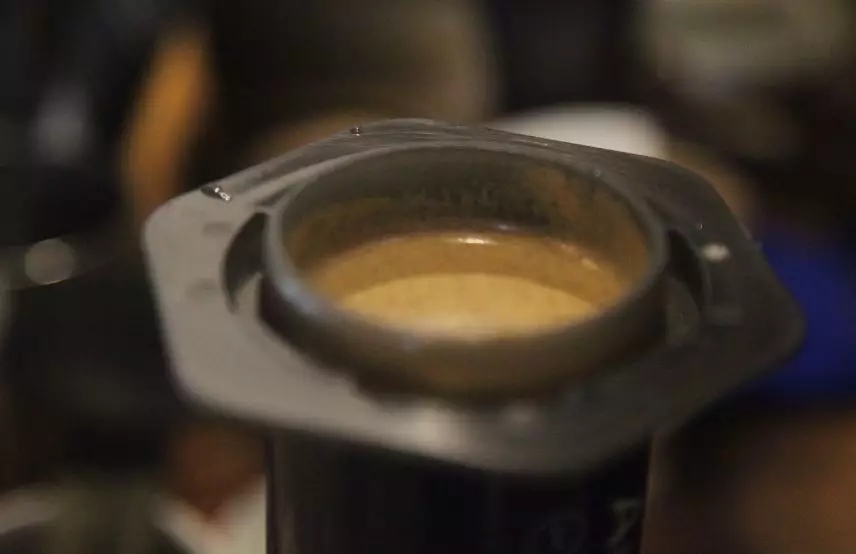
The extraction of Philharmonic pressure is mainly soaked, so the extracted coffee is relatively balanced, since such a powder-to-water ratio will have a great impact on it? Which powder-to-water ratio should be chosen when making those flavored coffee with Philharmonic pressure?
[experiment]
Today, the bean that cooperates with us in this experiment is Sidamo's [90 + candle]. The sun treatment makes this bean have a light fermented fruit aroma, with some tropical fruit flavor, and is more balanced and sweet.
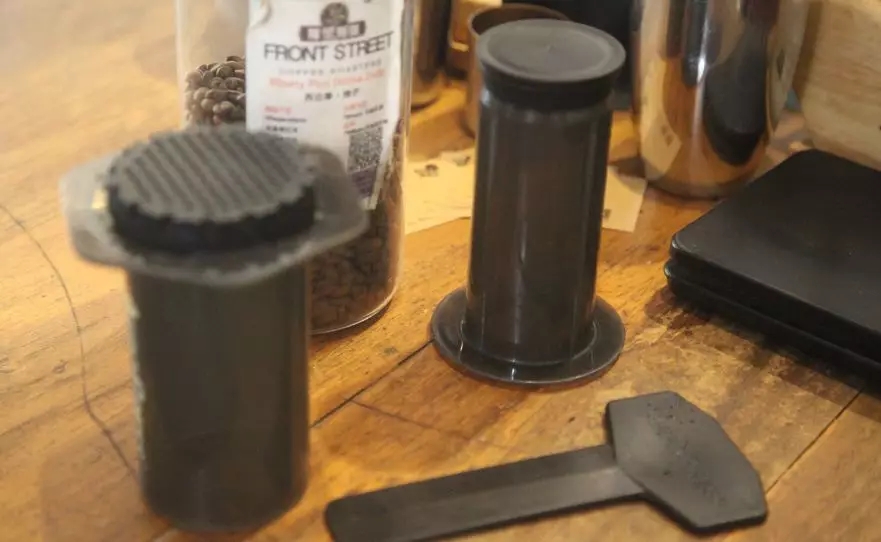
[90 + candlelight]
Guojia: Ethiopia
Producing area: Sidamo
Sea pull: 1750-2000 meters
Treatment method: solarization treatment
Product species: native species
Baking degree: shallow baking
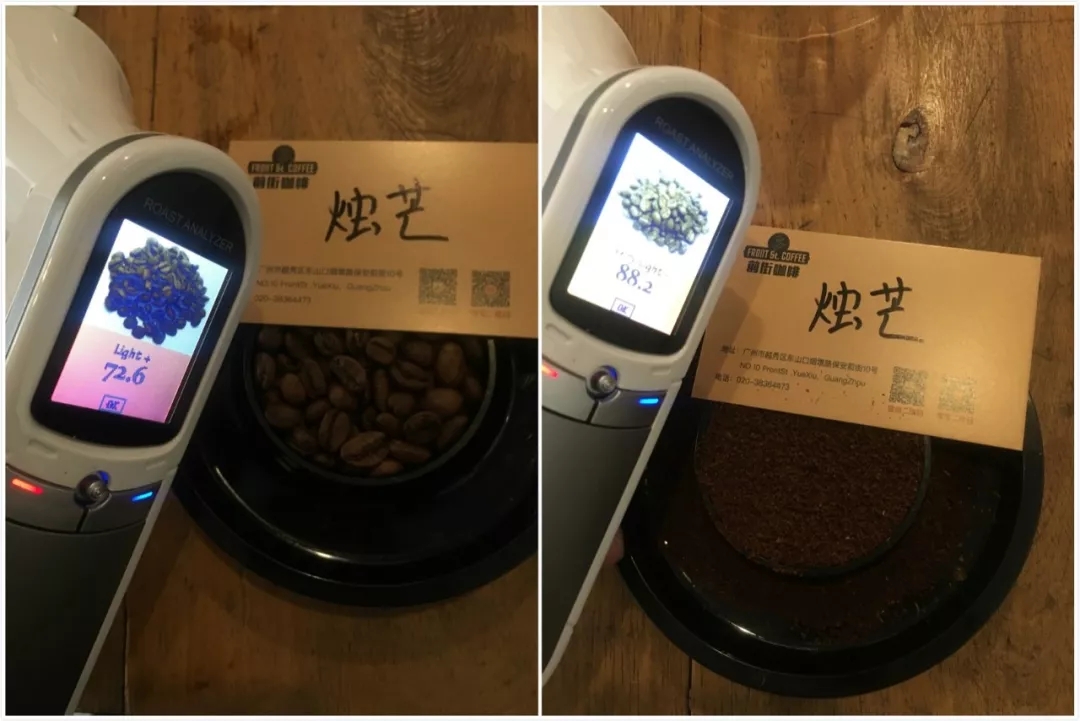
The powder-to-water ratios of this test are 1:13, 1:15, and 1:16, respectively, which belong to the relatively common powder-to-water ratio in peacetime. Because this time I just want to select a suitable powder-to-water ratio, other parameters and techniques are basically the same. Extraction is carried out by reverse pressure.
Parameters: water temperature 90 ℃, grinding degree BG 5R, powder content 15g
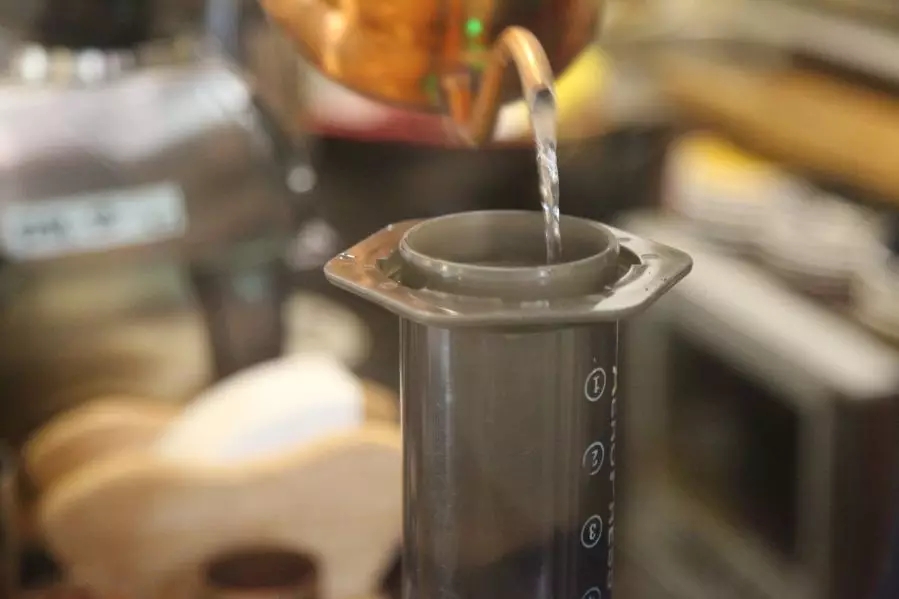


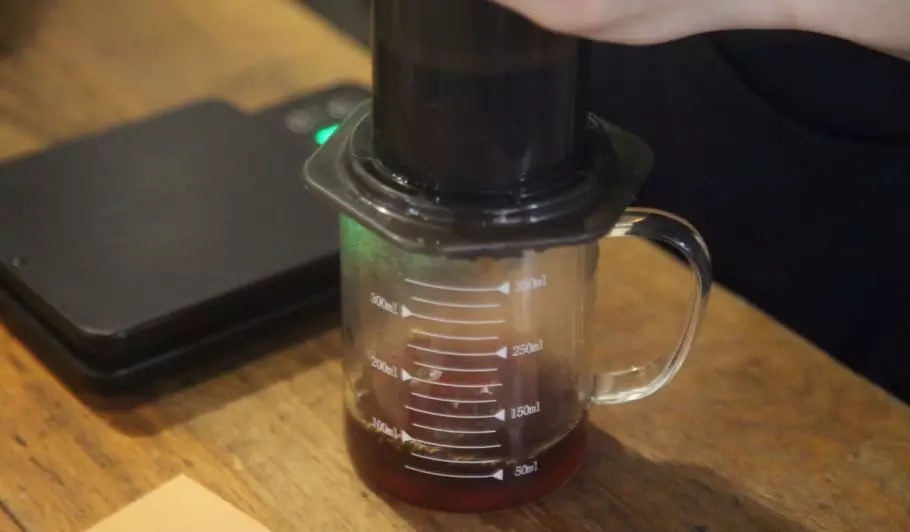
| | ratio of powder to water at 1:13 |
Pour in 15g powder, pour water directly to 195g, then stir five times so that the coffee powder and hot water are in full contact, then stir five times after 50 seconds, soak until 1: 20:00 and press out upside down. The total time is 1:41.
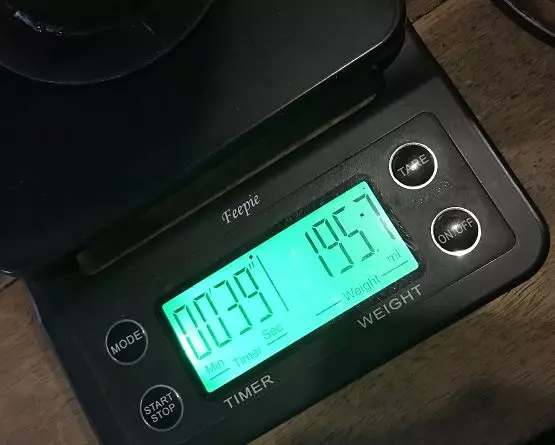
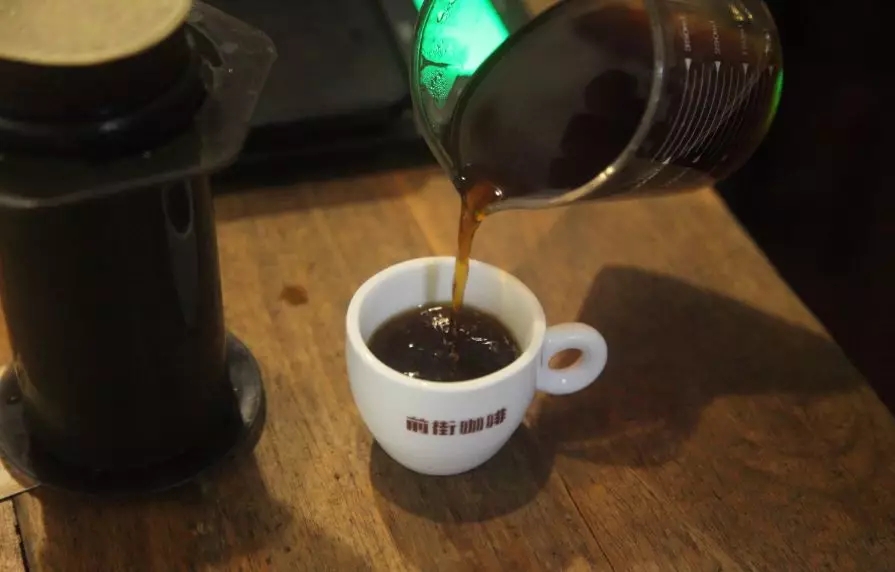
Flavor: taste of mango, tropical fruit, cocoa, cream and sugar, high acidity.
| | ratio of powder to water at 1:15 |
Pour in 15 grams of powder and pour water directly to 227g, then stir five times so that the coffee powder is in full contact with hot water, then stir five times after 50 seconds, soak until 1: 20:00 and press out upside down. The total time is 1:43.

Flavor: the entrance has citrus, nectarine, mango, cream flavor, with a hint of fermentation and flower aroma, the end is caramel sweet, the whole is more balanced.
| | ratio of powder to water at 1:16 |
Pour in 15 grams of powder, pour 242g of water directly, then stir five times so that the coffee powder is in full contact with hot water, then stir five times after 50 seconds, soak until 1: 20:00 and press out upside down. The total time is 1:42.

Flavor: the palate has aromas of citrus, nectarine, mango, fermented fruit and cream, sweet brown sugar and a hint of flowers on the finish. But it will have a distinct taste of cocoa and wood.
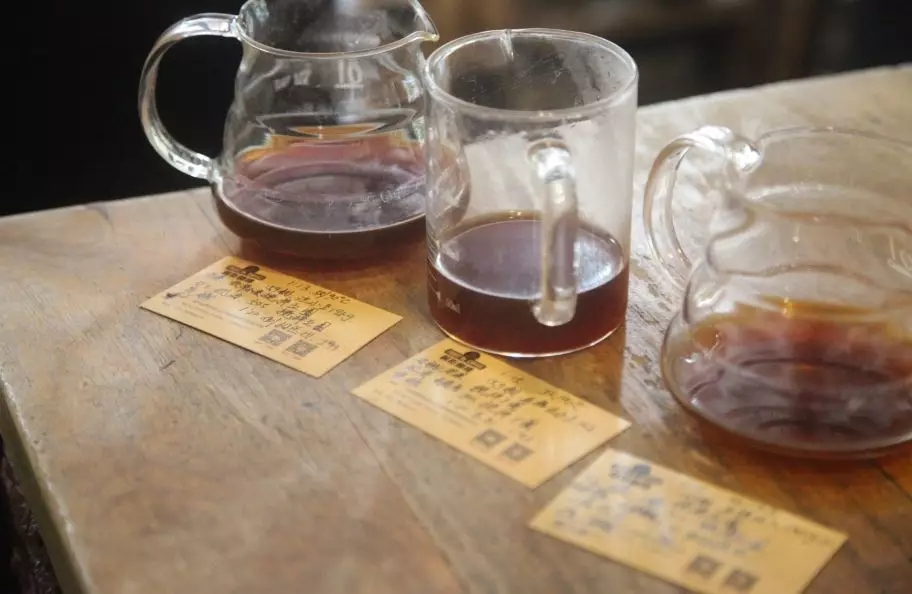
Compared with the three kinds of powder-water ratio, the performance of [1:15] is better, with overall balance and sweetness, while that of [1:13] is not balanced and round because of its high concentration and acidity. [1:16] due to the increase of the powder-water ratio, although the fruit acid becomes softer, you can also feel more flavor, but the only drawback is the excellent flavor of cocoa and wood.

So the question is, [1:15] is this powder-water ratio appropriate for other beans of the same type?
So the editor took a Panamanian Arida, which is also sun-treated, sweet and balanced, and tried it again:
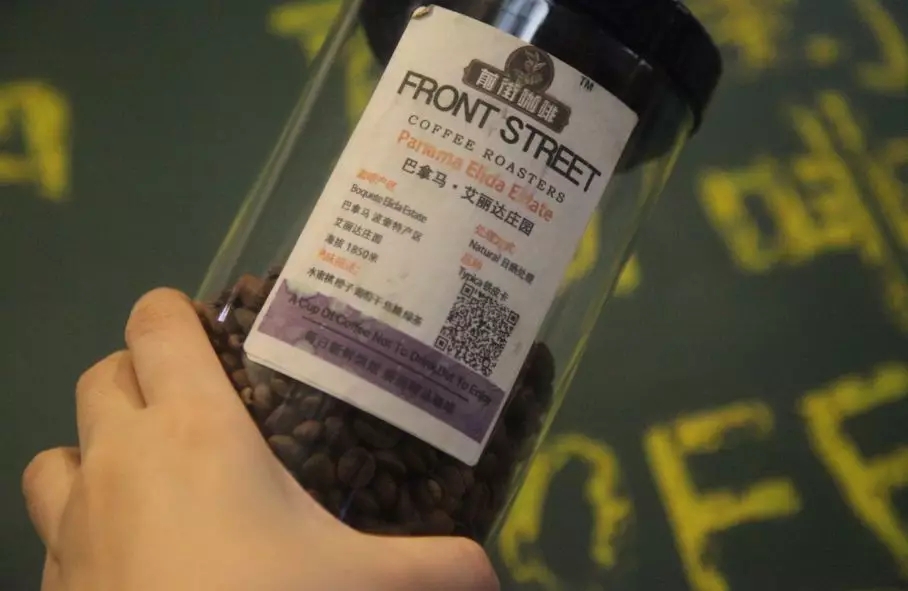
| | ratio of powder to water at 1:13 |
It has a strong aroma of fermented wine, with citrus, grapefruit, red wine and Xuanmi flavors on the palate.
| | ratio of powder to water at 1:15 |
The entrance has the flavor of orange, citrus and fermented berries, with some tea and sugar sweetness at the end, with a hint of fermented aroma. The overall taste is more balanced and round.
| | ratio of powder to water at 1:16 |
The palate has the flavor of cyan fruit, plum, preserved fruit and chocolate, with a sweet caramel at the end, weak aroma, smooth but thin taste.
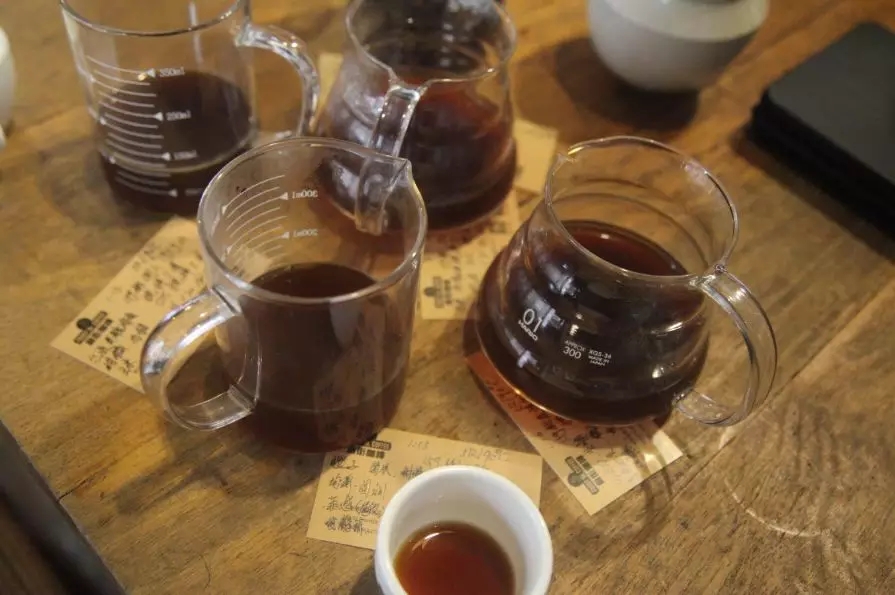
[summary]
Through this test, it is found that the powder-to-water ratio of [1:15] can be chosen when using Philharmonic pressure to cook [candle] [Arida] beans which are obviously sweet and balanced as a whole. the coffee brewed with this powder-to-water ratio has a clearer flavor and smooth taste, which is relatively suitable for this type of beans.
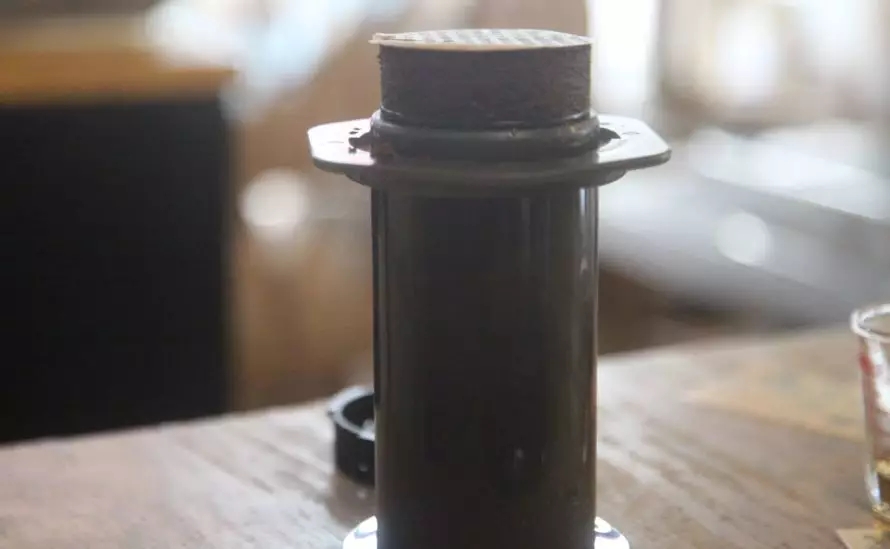
If the proportion of powdered water is too small, because the concentration is too high, it will be difficult to feel the flavor of coffee, and it is easy to appear acidity; while if the proportion of powdered water is too large, it will extract more flavor, making the coffee with obvious woody taste and miscellaneous flavor.
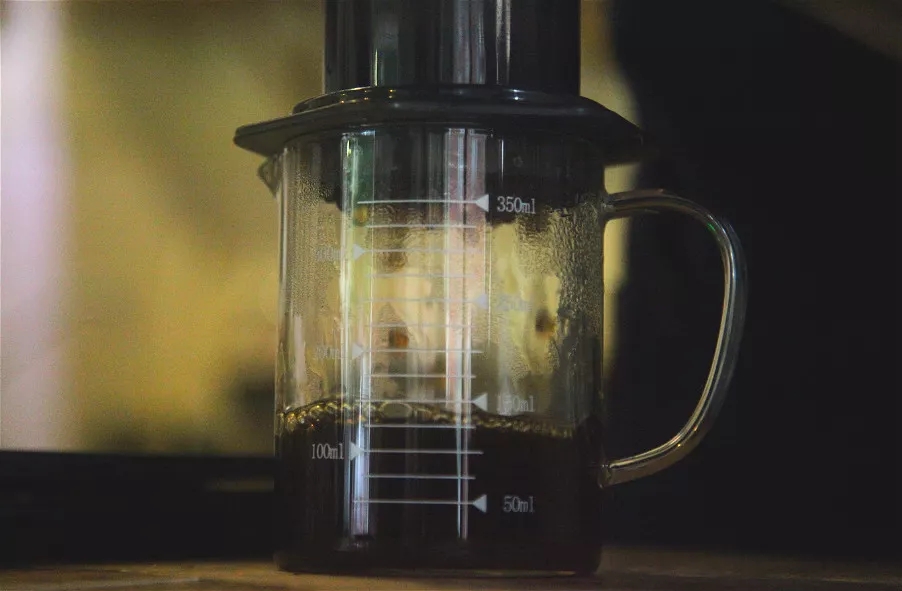
However, there are thousands of ways to play Philharmonic pressure, different extraction parameters with different brewing methods can bring different coffee flavor, let's continue to explore more interesting ways to play next time!
END
Important Notice :
前街咖啡 FrontStreet Coffee has moved to new addredd:
FrontStreet Coffee Address: 315,Donghua East Road,GuangZhou
Tel:020 38364473
- Prev

What are the most common ways to treat raw coffee beans?
For the handling of raw coffee beans, first of all, we have to ask how the coffee comes from. Coffee from seedling to blossom, the most delicious fruit, is the origin of coffee. Coffee fruit, also known as coffee peach, coffee beans are the noodles of coffee peach noodles. After the coffee peach is picked, the exocarp, pulp and fruit should be removed. This process is called raw bean processing. And coffee raw beans.
- Next
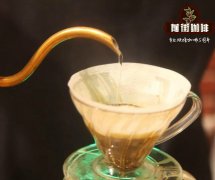
Beginners learn to pull flowers | explain in detail how to make the foam slippery.
Professional coffee knowledge exchange more coffee bean information Please follow the coffee workshop (Wechat official account cafe_style) put the steam pipe under the surface of the milk, open the steam pipe, pump the steam into the milk to make milk foam, you will hear the nourishing sound. What many people ignore is that the process of nourishing noise actually accounts for only 10% of the time of the whole milking process. Yeah, you only need 4-5 seconds.
Related
- What is the meaning of lactic acid fermentation with coffee bean treatment?
- How to judge the state of foam by sound?
- How does the latte pull out the unicorn pattern? Come to get for a little trick to improve the flower pull!
- Will flower pulling affect the taste of the latte?
- Do you know the history of coffee?
- The difference between honey treatment and sun washing what is raisin honey treatment?
- What kind of milk can a novice use to make coffee foam to keep the foam longer? The correct method and skills of milking tutorial sharing
- Why do washed coffee beans taste sour? Flavor characteristics of washed Coffee
- Introduction to the skill of how to practice the size and height of water injection around the circle of hand-brewed coffee
- How do beginners practice coffee flower drawing from scratch?

